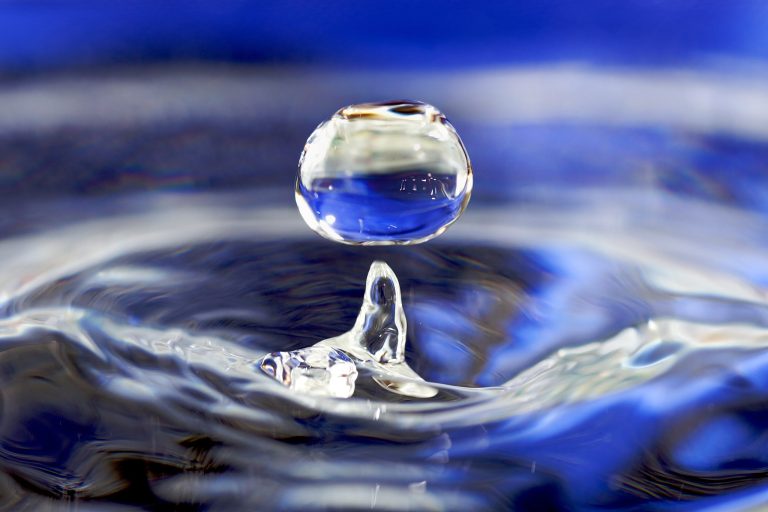Many ancient philosophies recognize five elements as the fundamental building blocks of all matter. In Chinese, the five elements (wuxing 五行) include metal, wood, water, fire and earth; each of which has its own character and the ability to inhibit one other element while assisting another.
Although the recognized elements vary among different cultures, water is constant in each, yet it may be the most mysterious. Water perplexes scientists by defying multiple laws of physics, and seems to have a life of its own. Since the introduction of homeopathy in the 1700s, researchers have been trying to verify and explain the inexplicable: the potential memory of water.
Water memory research
Early research on water memory faced much opposition in the scientific community. Experimenting in the field of homeopathy, immunologist Jacques Benveniste discovered that antibodies so diluted by water that little or none would remain, still had an effect similar to that of the antibody itself.
In 1988 his findings were published in the scientific journal Nature, under the condition that the editor, John Maddox, could choose a team to replicate the experiment. The results largely discredited the original findings, and homeopathy was labeled a “pseudoscience.”
In the 1990’s Japanese Doctor Masaru Emoto began his own explorations, which continued until his death in 2014. Emoto was mainly concerned with the consciousness of water, as he found that samples exposed to different intentions produced remarkably different crystals when frozen.
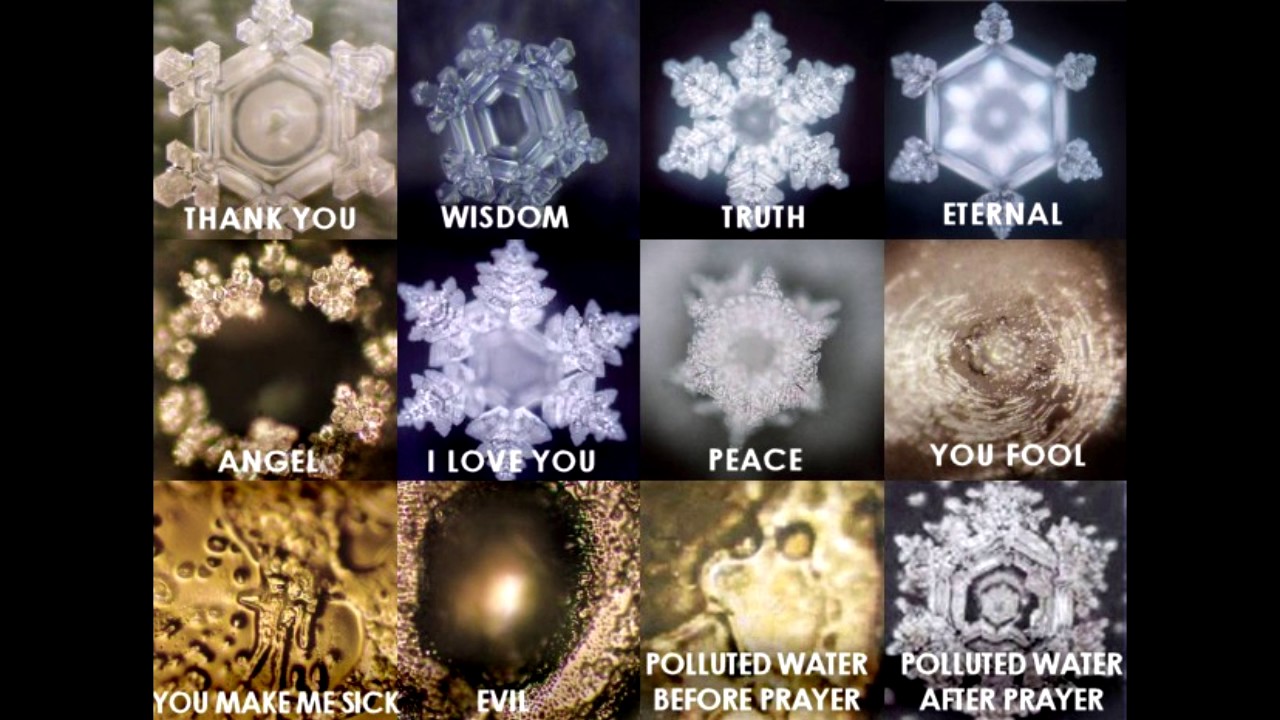
Success
You are now signed up for our newsletter
Success
Check your email to complete sign up
Love, gratitude, and truth, for instance, produced beautiful, symmetrical patterns; while derision, wickedness and filth produced quite the opposite. Witnessing the conditioned water causing correspondingly positive and negative reactions in rice, Emoto felt the profound call to exhibit kindness and compassion to all, with less urgency to replicate and validate his discoveries.
German researchers Dr. Bernd Kröplin and Regine C. Henschel, however, made a convincing case in their 2016 book, translated in 2017 as Water and its Memory. Carefully documented with high quality photos from dark-field microscopy, their experiments showed a distinct alteration in the visible structure of water droplets after exposure to different circumstances.
For instance, samples of water from the same source were collected at the same time by many different participants. The water droplets from these samples, after dried and viewed with a high power microscope, exhibited unmistakably different patterns for each person.
Similarly, when a fresh flower was immersed in water, the droplets collected from that water revealed, upon examination, a complex, yet typical pattern. When another flower species was immersed in water, a different pattern — typical to that flower — could be seen in the dried water droplets.
Water also appeared to be affected by indirect exposure, with a notable difference in the appearance of water droplets before and after being in the vicinity of living things, like lettuce.
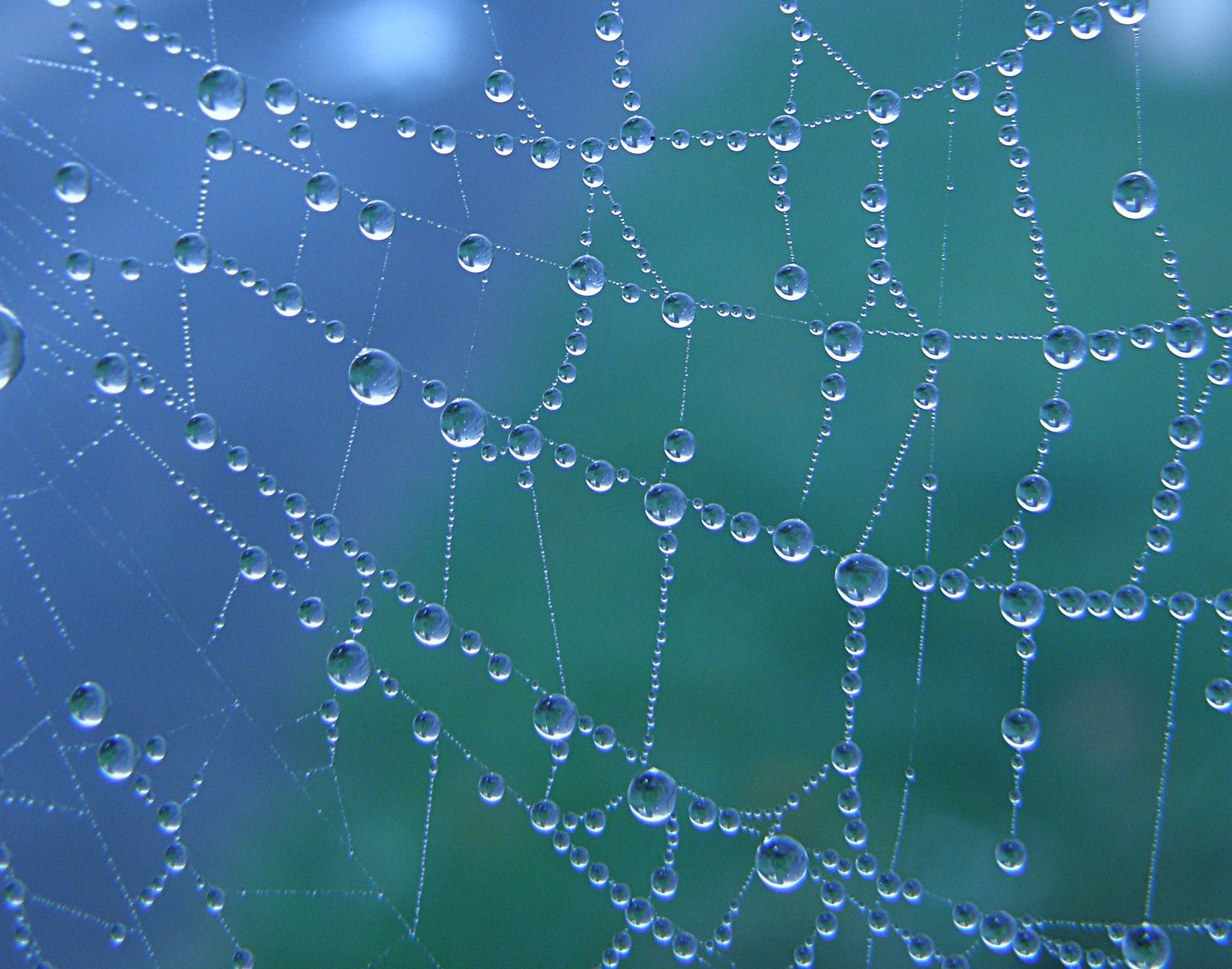
Implications
If we accept that water is affected by its surroundings, with only a small step further we can imagine that water might transfer the information it has collected to other water. Given that the human body, and even the earth’s surface are about 70 percent water, the implications of water having this sort of communication could be huge.
It is already recognized that the condition of our water plays a crucial role in environmental stability, ecology, and human health, but the character of water is rarely considered. Whether water has been shaped by positive or negative experiences could have a reverberating effect for generations.
Applications
Capitalizing on the potential power held in the memory of water, innovators have developed a number of ways to revitalize water for the benefit of people and planet alike. Most take their cue from nature, which purifies and energizes water by sending it over rocks and minerals, passing it through vortexes and cascading it down waterfalls.
Scientifically, it is recognized that negative ions are produced when water collides with itself — called the Lenard effect — and these have proven beneficial in reducing stress, boosting immunity, increasing metabolism, and inhibiting the growth of harmful bacteria. In one experiment, asthmatic children exposed daily to mist from a waterfall during summer camp had a lasting improvement compared with a control group at the camp.
Restoring this positive energy in water can be done by mimicking nature, as in the biodynamic flowforms (which send water over stone carved to promote vortex formation), or relying solely on the memory of water and simply exposing flowing water in pipes to still water imbued with the desired characteristics.
Both methods have reportedly met with success.
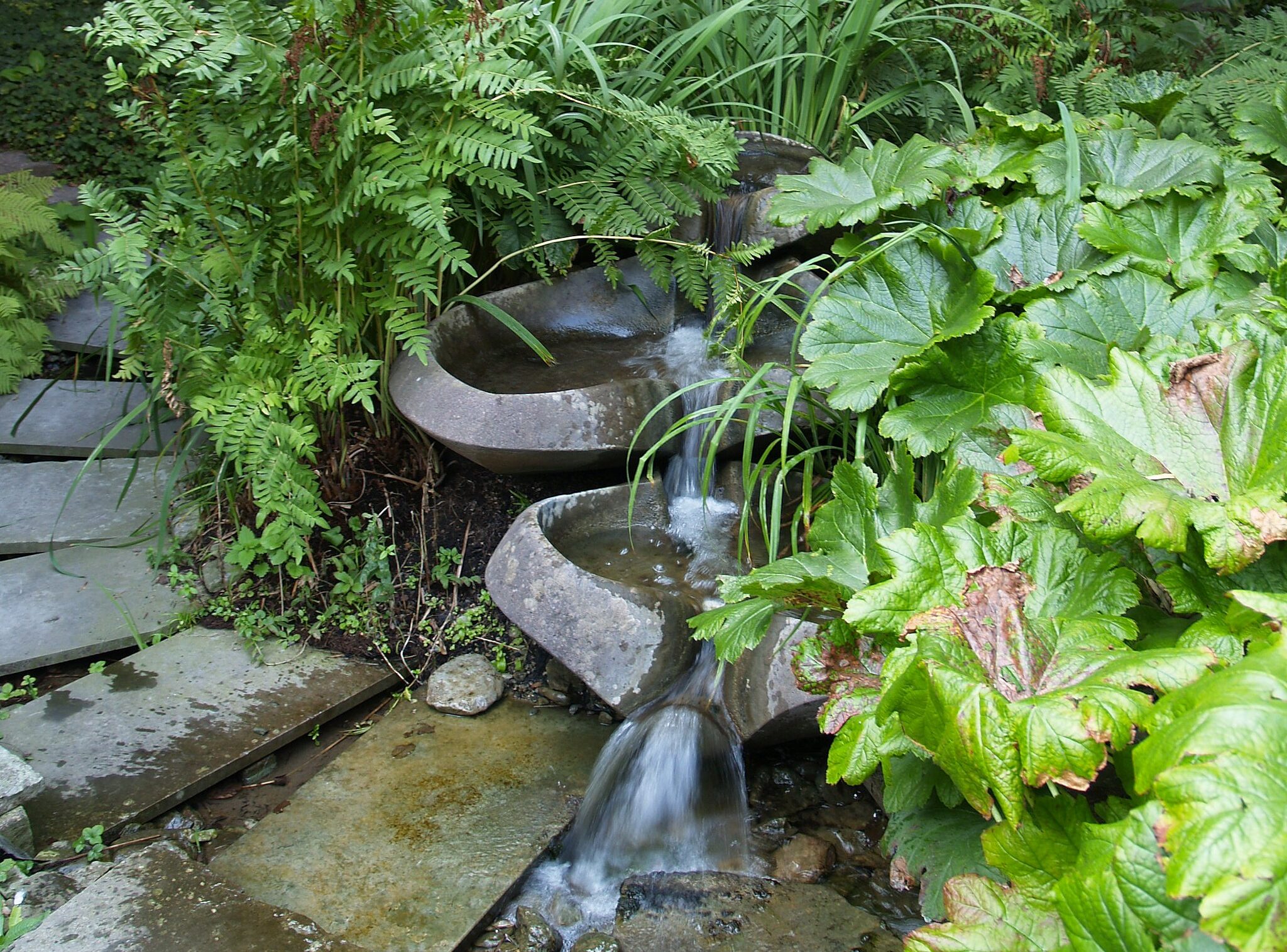
Flowforms are especially practical in agriculture as a natural and efficient treatment for effluent wastewater. The resulting water is both suitable and beneficial in all manner of botanical applications. They can also create an interesting water feature with practical benefits.
Water revitalized from still water has a broader range of applications.
The Grander water revitalization system, developed by Johan Grander, features a core of water sourced from the Stephanie Spring in Jochberg, Austria held in a mildly-magnetized, stainless housing. Water piped past this housing demonstrates important improvements in character. It stops pipe corrosion, significantly reduces sludge accumulation, and stays clean longer without the use of chemical treatment.
Food processing

Bakeries that have adopted this system have seen improvement in their products, with a more lively dough that yields baked goods with finer texture, greater digestibility and increased shelf life — without the use of additives.
A cannery using revitalized water found the improved water quality made equipment easier to clean with less water, and the use of chemicals in their products could be substantially reduced.
Recreation
A swimming pool manager reported a reduced need for chlorine and significantly slowed growth of algae. She believes that revitalized water works better for her pools than chemicals.
In the home
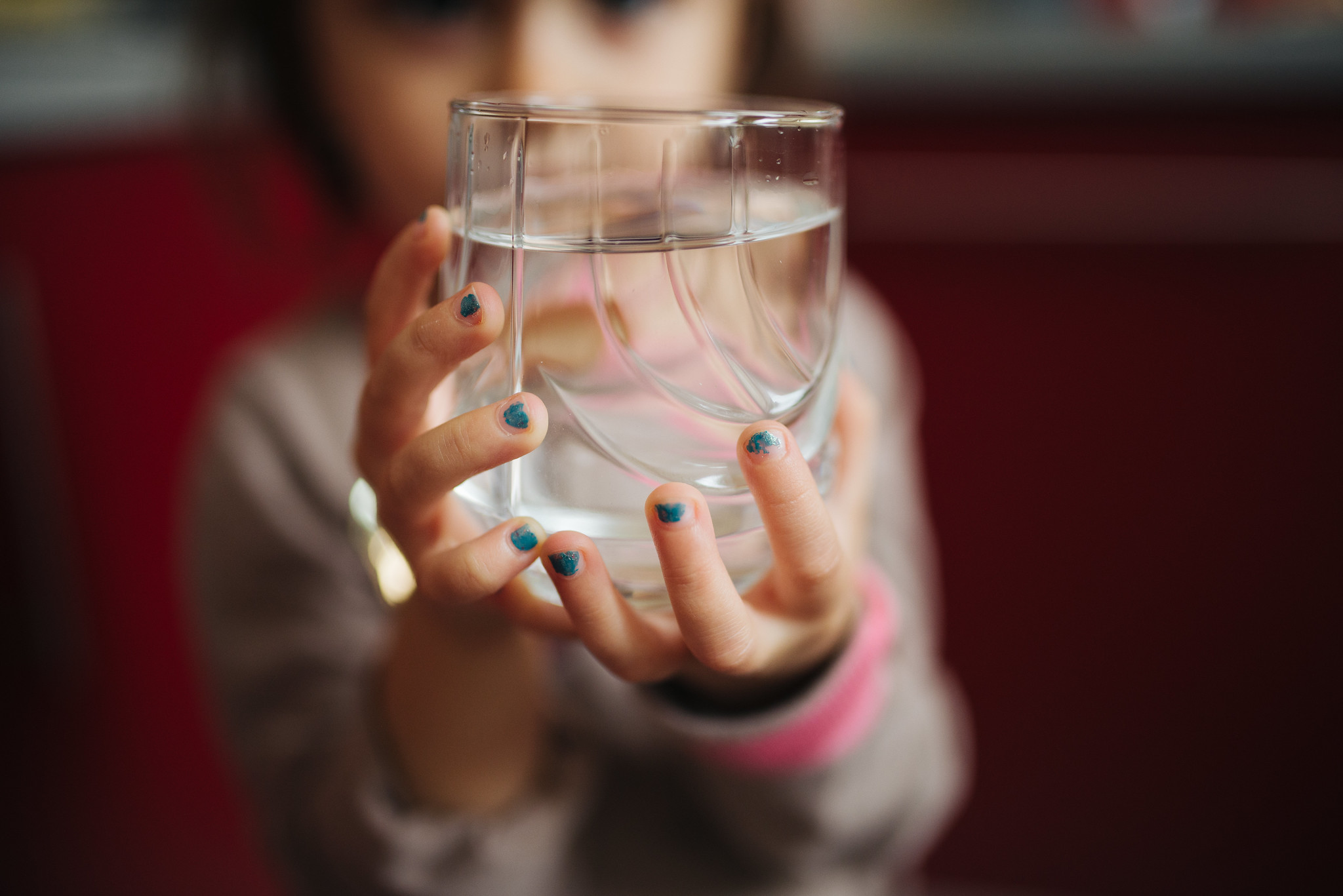
Based on the same principles, another company, Aquantity, developed the Aqualizer — a partial-donut-shaped device that clips onto residential water pipes. While health benefits are difficult to quantify, users have reported improved taste and reduction or elimination of limescale deposits.
But perhaps the most accessible option for all of us is to adopt Emoto’s approach, and try to maintain positive intentions. If water does, indeed, have a memory and the ability to transmit information, our righteous thoughts have the potential for comprehensive harmonizing and healing.



